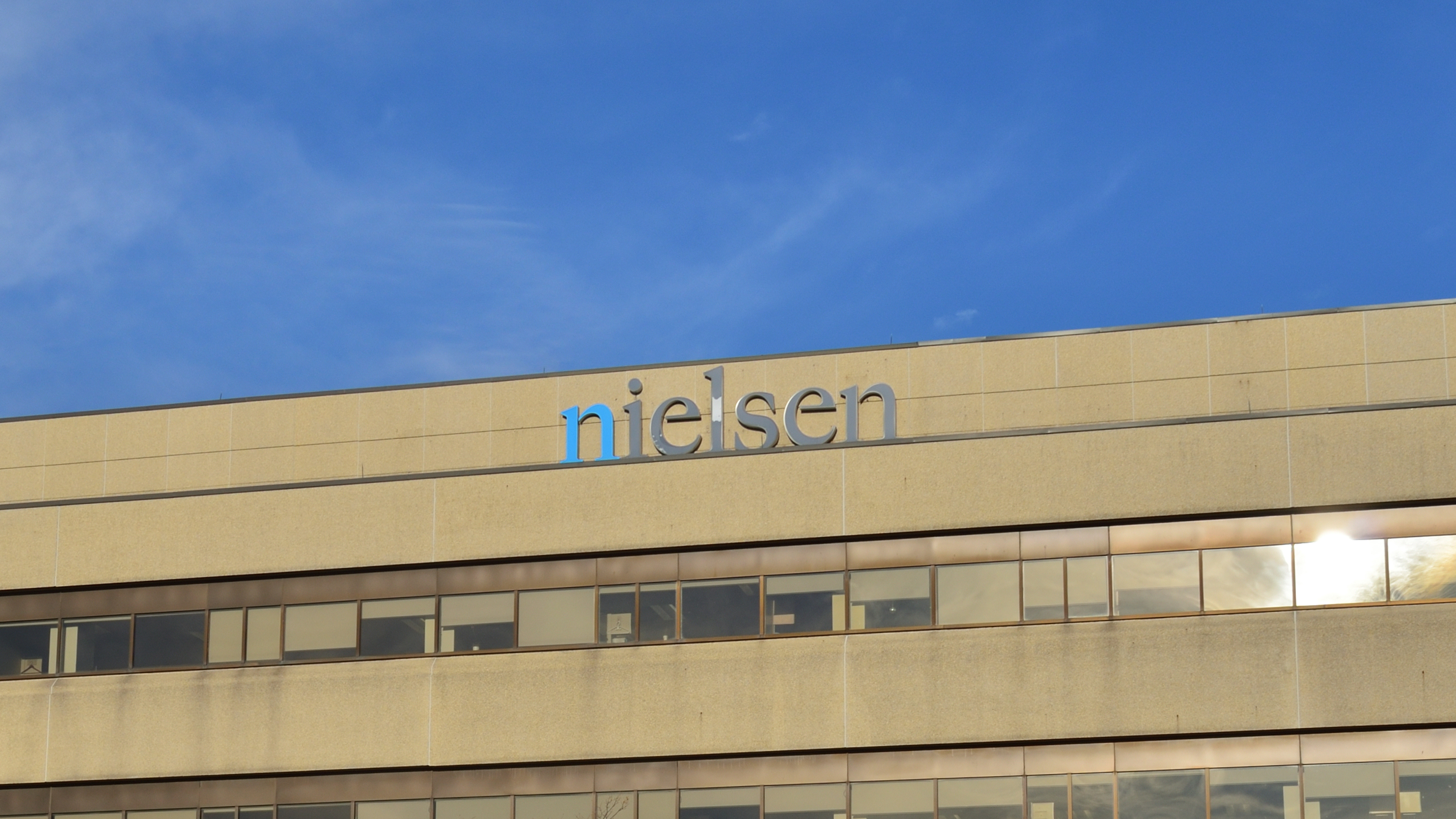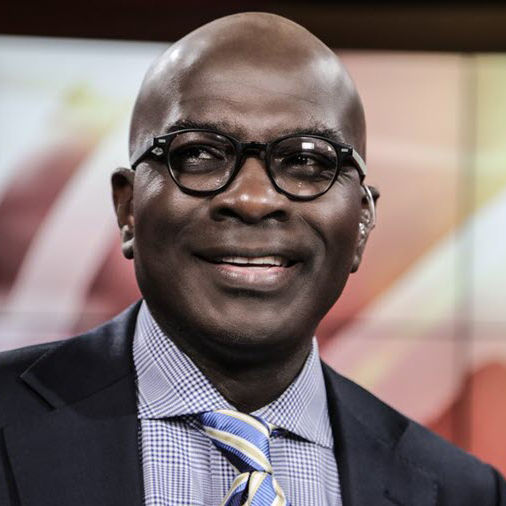Nielsen’s Controversial Ratings System
When I first entered the broadcast world as a radio host almost 30 years ago, and more recently as a television host and station owner, Nielsen ratings were everything

I vividly remember reading about Nielsen ratings when I was a kid growing up in South Carolina. When I first entered the broadcast world as a radio host almost 30 years ago, and more recently as a television host and station owner, Nielsen ratings were everything. I can recall waiting for the viewership count as my shows were first airing, always eager to dive into the demographic breakdowns of our viewers. It wasn’t just for my own feelings. I wanted to know who was watching, when, and what interested them. This allowed me to better understand my viewers and deliver the best content possible. Knowing this, you can understand my puzzled feeling when Nielsen lost its Media Rating Council accreditation earlier this Fall.
The Media Rating Council is a nonprofit organization that issues accreditation to audience measurement companies such as Nielsen. This accreditation process is critical as it allows advertisers to properly gauge audiences when deploying ads and money. Without any serious accreditation, advertisers and broadcasters are likewise in the dark with viewership and demographic data. In short, not having independent accreditation is a recipe for disaster for the television and media industry.
The Media Rating Council conducted an audit on Nielsen and found some really troubling data. In the crucial 18-49 age group, Nielsen undercounted by 2-6%. In just TV usage for that age group, they were off 1-5%. To put these numbers in perspective, these errors resulted in at least $468 million in lost advertising revenue. This is an astronomical amount and truly a stab in the back to advertisers and broadcasters, especially considering that the industry in each market bases its rates and numbers on Nielsen ratings.
My company, Howard Stirk Holdings, is one of the largest minority owned media companies in the country. We have television stations across the nation which rely on audience metrics like Nielsen for rating and advertising purposes. I am not sure we will ever be able to accurately calculate how much ad revenue we missed out on, but I know it had a real world impact. Nielsen was the lifeblood of television ratings.
What does all this mean? A more pressing question is how could Nielsen be so off? I think it underscores a changing trend in media. Namely, the fact that many are “cutting the chord” and opting for streaming services as opposed to traditional media. Since 2020 over 40 million people have gone OTT digital, and that number continues to rise. For media companies, this is a major disruptor. Being on the forefront of this new age in media is critical to any business like ours. More so, creating content that is engaging, irrespective of the device or platform the viewer uses, is crucial. This is also Nielsen’s problem, regardless of its accreditation, or lack thereof, by the Media Rating Council.
With digital platforms, tracking viewership is much simpler. No longer are the days of shipping Nielsen boxes to households to measure what and how long someone is watching. All that data can be collected and analyzed digitally now, and in real time. This is true for demographics too. Either by signup or viewership patterns, advanced algorithms nowadays can deduce the age, gender, and race/ethnicity of the viewer. It is really fascinating stuff.
The conversations I have had with other media owners touch on the same simple issue: the industry is changing, and we must change with it or be left behind. How many young people today follow Nielsen ratings like we did when we were younger? My guess is not many. As that generation grows and they are impacted by the instant views and likes they track on apps like Instagram and TikTok, they will undoubtedly carry that to how they watch legacy television and OTT services. Bottom line: Nielsen must either keep pace or face extinction.
I am hopeful for the future of media, really. I think that innovations that have not yet crossed our minds will come into focus and allow today’s mainstream broadcast service and industry to continue its crucial public service. This will change everything, and open new doors to advertisers, viewers, and broadcasters like myself. Nielsen has historically been a needed partner in that work, but if it doesn’t keep up with the light-speed changes happening everywhere in the digital age, and provide useful, real time data on viewership, it will be left behind. That will be a sad day, no doubt, but the creative destruction of the market moves on and so must we.
Broadcasting & Cable Newsletter
The smarter way to stay on top of broadcasting and cable industry. Sign up below
Armstrong Williams is a principal owner of the Baltimore Sun and manager/sole owner of Howard Stirk Holdings I & II Broadcast Television Stations.

